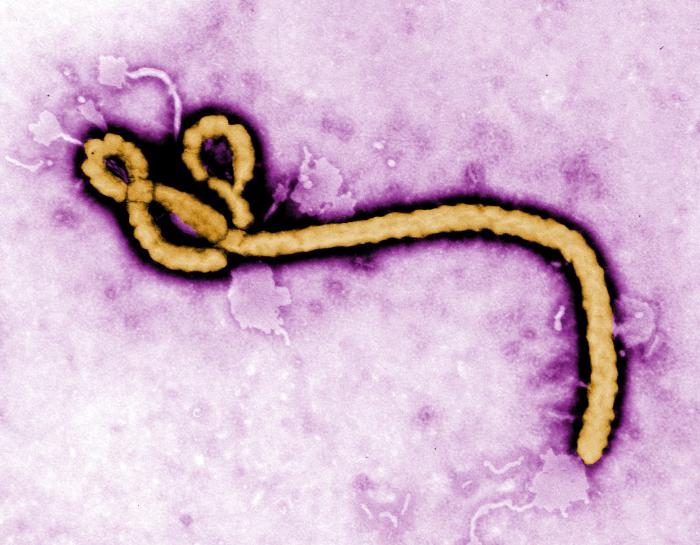 As you’ve probably seen in the news, the Ebola outbreak in West Africa is still on the march. The outbreak started back in March and is currently the largest Ebola outbreak in history, with the WHO reporting 1,603 cases and 877 deaths as of August 1st. Most of the cases have occurred in Sierra Leone, Guinea, and Liberia, with a small cluster of 4 suspected cases recently reported in Nigeria – you can see a map of cases here. CDC has issued a warning to avoid nonessential travel to these countries, but the risk of spread outside these areas is low.
As you’ve probably seen in the news, the Ebola outbreak in West Africa is still on the march. The outbreak started back in March and is currently the largest Ebola outbreak in history, with the WHO reporting 1,603 cases and 877 deaths as of August 1st. Most of the cases have occurred in Sierra Leone, Guinea, and Liberia, with a small cluster of 4 suspected cases recently reported in Nigeria – you can see a map of cases here. CDC has issued a warning to avoid nonessential travel to these countries, but the risk of spread outside these areas is low.
Ebola can have a fatality rate of near 90%…although the fatality rate in the current outbreak is lower, at about 60%. People usually start to develop symptoms 8-10 days after exposure to body fluids from an infected person. Signs and symptoms of Ebola include fever, headache, weakness, diarrhea, vomiting, and stomach pain. People aren’t infectious before they begin to have symptoms, so infection control with symptomatic individuals is key to containing the spread of disease.
The keys to stopping the outbreak in Africa will be: 1) quick case identification; 2) implementing good infection control in healthcare facilities; 3) effective isolation and quarantine of cases; 4) good contact tracing investigations including enhanced surveillance among contacts; and 5) using proper infection control in the homes of infected cases and while handling people that have died from the illness.
Some of the challenges in controlling this outbreak include its wide geographic spread, weak healthcare infrastructures, and community mistrust and resistance. You can read about one physician’s reports about the difficulties in fighting this virus in the outbreak area here. CDC, WHO, Doctors without Borders and other international aid groups are collaborating to send disease control experts and supplies to help stop the outbreak and prevent additional spread.











